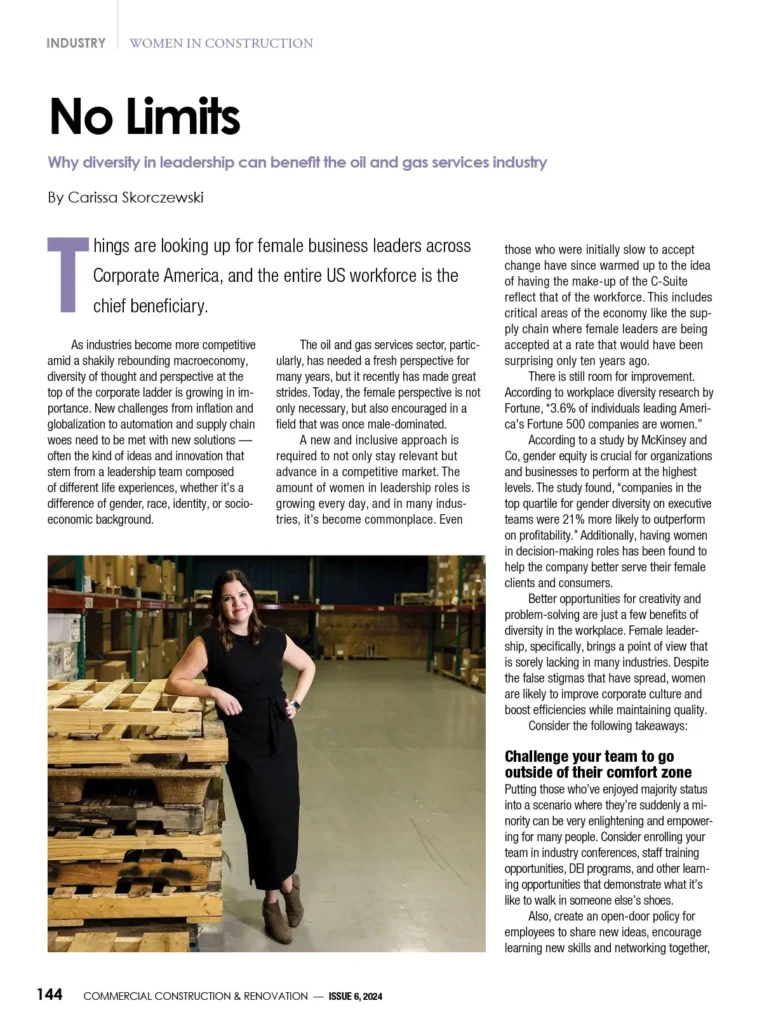In the fast-paced, evolving landscape of construction, efficient organization, and effective use of resources are essential to project success. These principles apply not only to personnel and time management but also to material storage and utilization. Cement, as a fundamental material in construction, must be stored appropriately to ensure its quality and ease of access. Enter the innovative solution that has been enhancing construction operations for years – the structure specifically designed for cement storage. This specialized structure brings a new level of efficiency and quality control to construction projects, offering numerous benefits that are worth unpacking. Combine strength and style in your landscaping projects with concrete sleeper, offering a durable and visually appealing solution for retaining walls, garden beds, and other outdoor structures.
Understanding the Need for Specialized Storage
Cement is a crucial material in construction, providing the binding agent in concrete and mortars. However, it’s a material that needs careful storage. Exposure to moisture can cause cement to harden prematurely, rendering it unusable. Similarly, cement dust can pose health hazards to workers and harm the environment. A specialized storage system mitigates these challenges, ensuring the cement’s quality, safety, and ready availability for construction tasks.
Efficiency and Organization
One of the key advantages of a specialized cement storage system is the efficiency it brings to construction sites. Bulk cement is delivered and stored in the structure, reducing the need for frequent, smaller deliveries. This central storage system allows for easy access and dispensing of cement when required, improving the site’s organization and workflow.
Quality Control
Quality control is a significant concern in construction. With cement being a critical component, its quality directly impacts the quality of the finished structure. The use of a specialized storage system ensures the cement is shielded from moisture and other elements that might affect its quality, providing a reliable source of high-quality cement for construction needs.
Environmental and Safety Considerations
A cement storage system is designed with safety and environmental considerations in mind. It contains cement dust, reducing the risk of respiratory health issues among construction workers. Furthermore, it minimizes the environmental impact of cement production by reducing waste and preventing cement dust from escaping into the environment.
The Role of a Cement Silo
A cement silo, an example of a specialized cement storage system, is designed with all these benefits in mind. These vertical structures, often recognizable by their cylindrical shape, can store large amounts of cement, making them ideal for large-scale construction projects. A cement silo provides a controlled environment that safeguards the cement’s quality, improves efficiency, and addresses safety and environmental concerns.
Future Trends in Cement Storage
The construction industry’s evolution does not stop, and neither does the development of cement storage methods. Future trends are likely to involve advanced technology integration in silos for better monitoring and control of cement conditions. Automation in cement dispensing could bring further efficiency. As sustainability remains a key focus, we can expect more eco-friendly designs reducing the environmental impact. As these trends shape the future, the cement silo will continue to be a fundamental component, adapting to meet the changing needs of the construction sector.
In summary, cement silos play a pivotal role in enhancing the efficiency, quality, safety, and sustainability of modern construction projects. They provide an optimal storage solution that addresses the unique needs of cement, a critical construction material. As the construction industry continues to evolve and demand more efficient and sustainable practices, the role of cement silos is expected to grow even more significant. Understanding the importance of these structures and how they contribute to construction projects offers invaluable insights into the complex workings of the construction industry and underlines the role of innovation in improving construction practices.










 The 2024 virtual Men’s Round Table will be held Q4, 2024, date TBD.
The 2024 virtual Men’s Round Table will be held Q4, 2024, date TBD.












